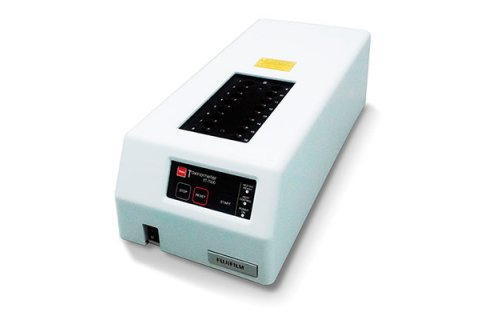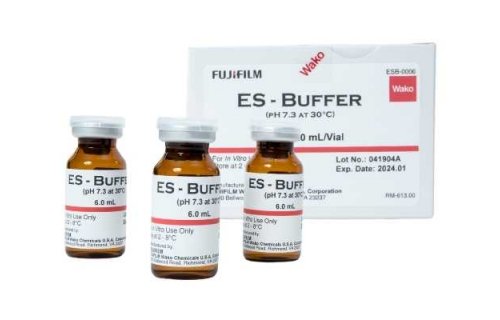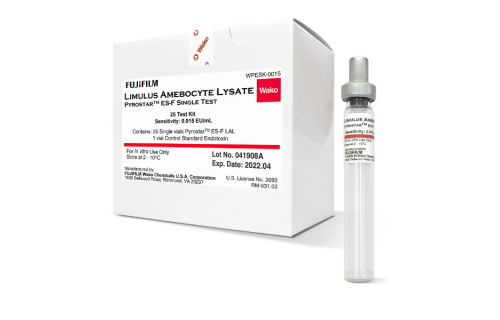The steps that Endotoxin uses to activate a dangerous Immune Response
Endotoxins, which are lipopolysaccharides (LPS) and pyrogens, play a key role in the inflammatory and immune response induced by gram-negative bacteria.1 Notably, endotoxins are an integral component of the outer membrane of gram-negative bacteria, including E. coli, Pseudomonas, Klebsiella, and Enterobacter. Bacterial endotoxins consist of several components: lipid A, a core oligosaccharide, and an O-specific chain. Lipid A is critical for the immunostimulatory effect of endotoxins,2 whereas the O-specific chain is important for the stimulation of antibody production.
The inflammatory and immune response that endotoxins induce is a part of the normal defense of the human organism to a gram-negative infection. However, if the physiological balance is disturbed, endotoxins may also lead to severe pathological consequences, including endotoxemia, sepsis, and shock.3 The role of lipid A in this process is very important.
1. Endotoxin release from gram-negativebacteria – Endotoxins play an important role in the initial recognition of gram-negative bacteria by host organisms and activation of innate immunity. Endotoxin is released in host organisms by gram-negative bacteria undergoing lysis, killed by phagocytosis or complement activation, or undergoing division; however, endotoxin is also shed in small amounts by intact gram-negative bacteria. Notably, the immunogenic potential of the lipid A component of endotoxins varies among bacteria.
2. Formation of a complex between endotoxin and the lipid-binding protein (LBP) – In the serum, the endotoxin is initially recognized by the lipid-binding protein (LBP), and a complex is formed.4
3. Endotoxin transfer to the CD14 receptor – Subsequently, the LBP transports the endotoxin to the CD14 receptor expressed on the surface of immune cells, including monocytes, macrophages, dendritic cells, and B cells.
4. Endotoxin binding to the CD14/TLR4/MD2 complex– The CD14 receptor, in turn, transfers the endotoxin to the non-anchored protein MD2, which interacts with the Toll-like receptor-4 (TLR4). Thus, the endotoxin forms a complex with CD14/TLR4/MD2, triggering downstream molecular pathways that induce inflammation.
- Downstream inflammatory and immune response – The formation of a complex between the endotoxin and CD14/TLR4/MD2 promotes the function of several molecular pathways:
- Endotoxins activate the transcription factor NF-κβ, stimulating its translocation into the nucleus and transcription activity. Moreover, endotoxins cause the production of cytokines, including tumor necrosis factor (TNF), interleukin (IL)-1, and IL-6; promote the release of prostaglandins and leukotrienes; and may trigger inflammation and septic shock. Some of the key molecules in the intracellular pathways modulated by endotoxins include mitogen activated phosphokinases (MAP), extracellular signal-regulated kinases (ERK), and c-Jun N-terminal kinases (JNK).
- Moreover, endotoxins activate the complement, leading to histamine release, vasodilation, and neutrophil chemotaxis and accumulation.1
- Finally, endotoxins promote coagulation via a pathway involving factor XII that may lead to thrombosis, coagulation, and acute disseminated intravascular coagulation. Moreover, they activate plasmin, which may cause fibrinolysis and hemorrhage, and kinin, which may lead to the release vasoactive peptides and hypotension.1
The Key Role of Endotoxins in the Immune Response induced by Gram-Negative Bacteria
Endotoxins play a key role in the initial recognition of gram-negative bacteria by the host organism and the induction of the innate immune response. Moreover, the effects of endotoxins may lead to inflammation, septic shock, hemorrhage, and intravascular coagulation.
Literature sources:
- Farhana A, Khan YS. Biochemistry, Lipopolysaccharide. [Updated 2021 Apr 29]. In: StatPearls [Internet]. Treasure Island (FL): StatPearls Publishing; 2021 Jan-. Available from: https://www.ncbi.nlm.nih.gov/books/NBK554414/
- Alexander C, Rietschel ET. Bacterial lipopolysaccharides and innate immunity. J Endotoxin Res. 2001;7(3):167-202. PMID: 11581570.
- Sampath VP. Bacterial endotoxin-lipopolysaccharide; structure, function and its role in immunity in vertebrates and invertebrates. Agriculture and Natural Resources, 2018; 52 (2): 115-120. https://doi.org/10.1016/j.anres.2018.08.002.
- Ryu JK, Kim SJ, Rah SH, Kang JI, Jung HE, Lee D, Lee HK, Lee JO, Park BS, Yoon TY, Kim HM. Reconstruction of LPS Transfer Cascade Reveals Structural Determinants within LBP, CD14, and TLR4-MD2 for Efficient LPS Recognition and Transfer. Immunity. 2017;46(1):38-50. doi: 10.1016/j.immuni.2016.11.007.






